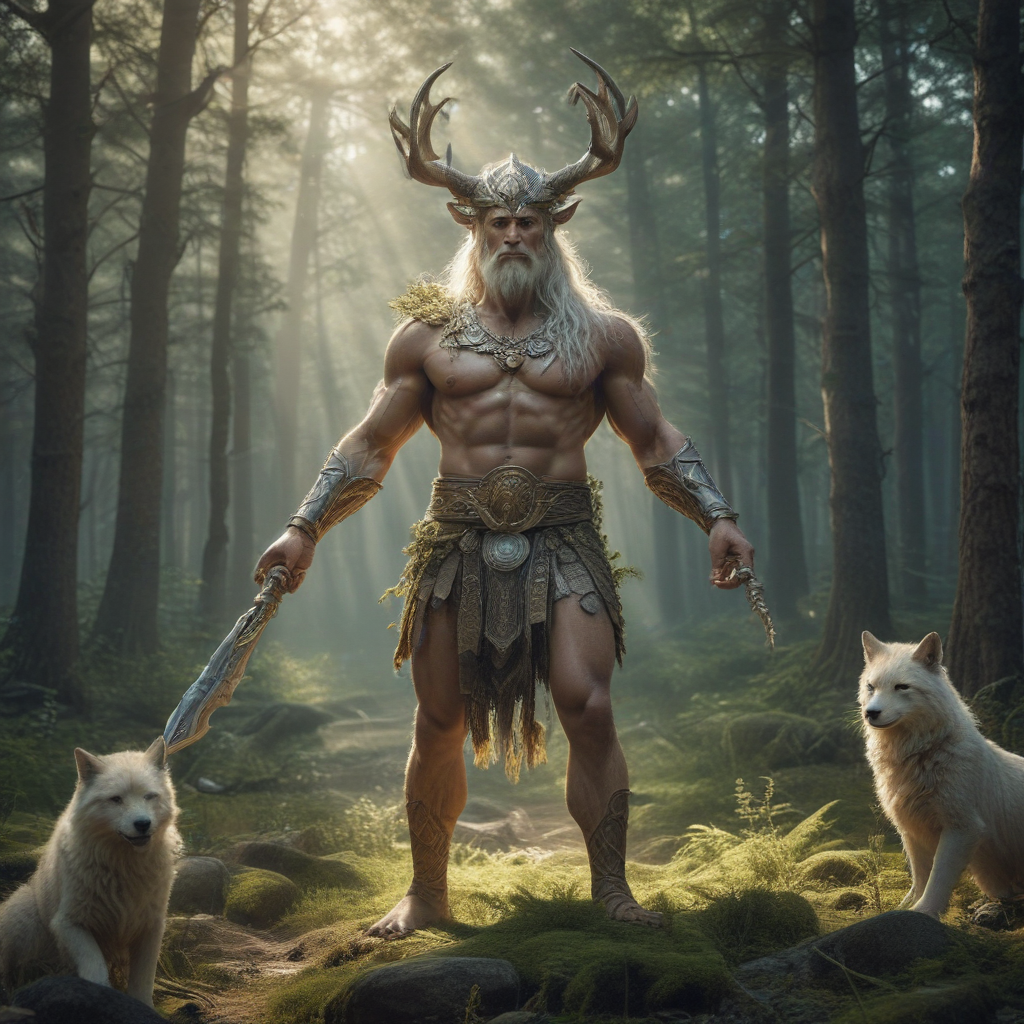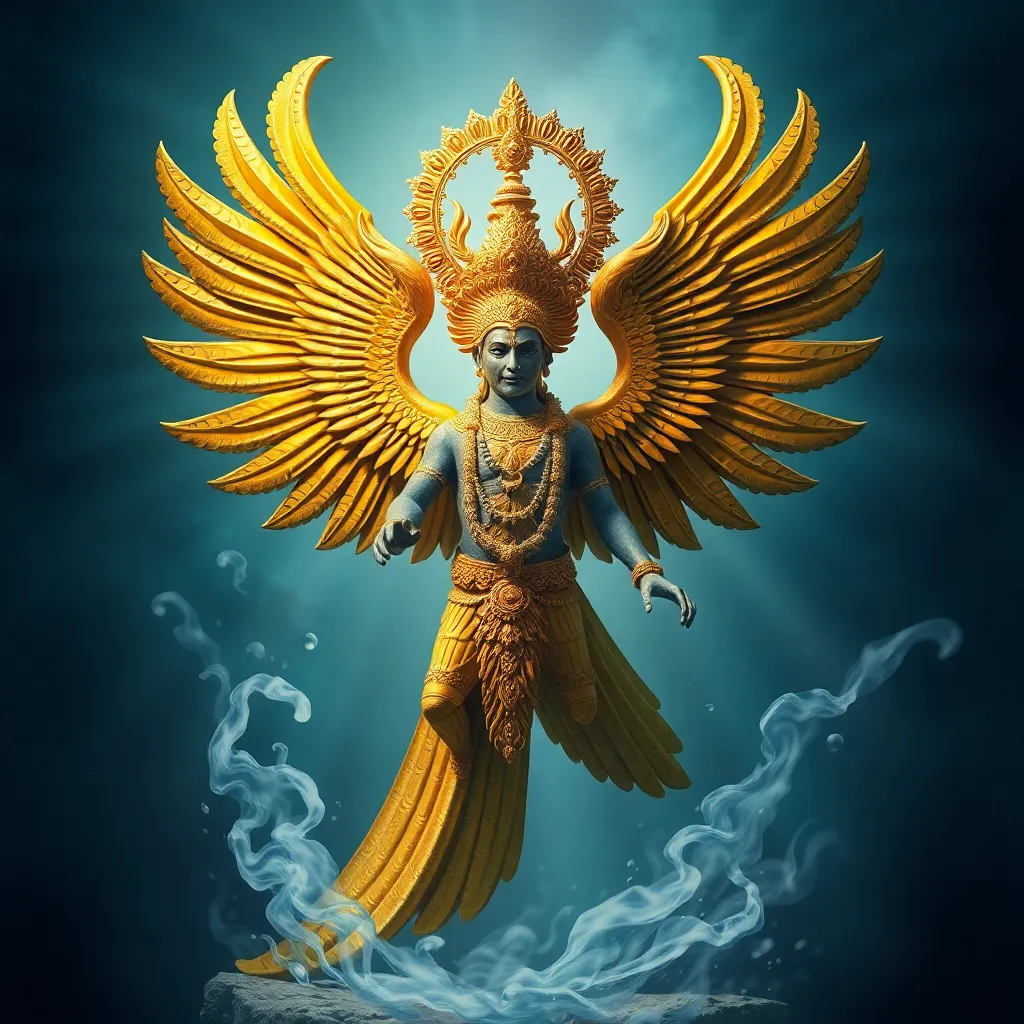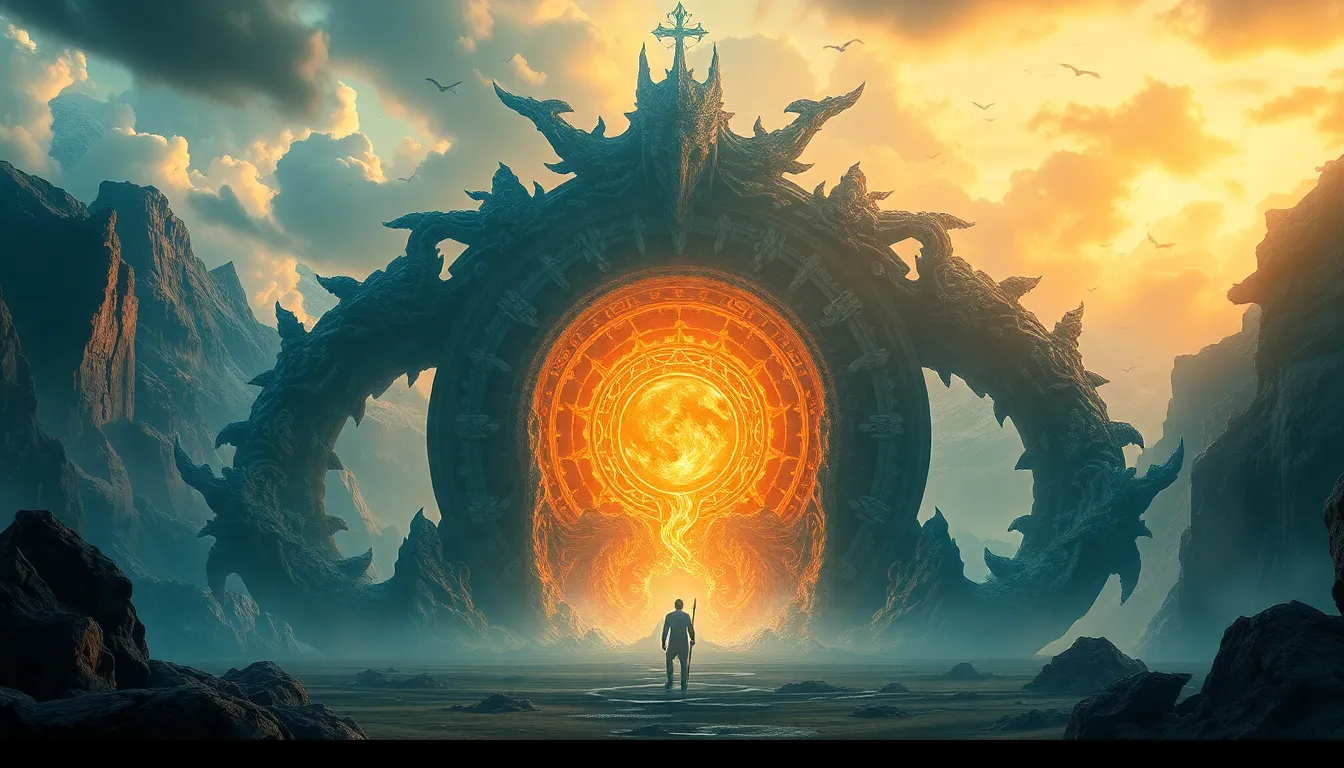I. Introduction
Immerse yourself in the captivating world of Finnish mythology, a realm where ancient tales of transformation and enlightenment intertwine. Steeped in a rich tapestry of folklore, this vibrant body of myths offers profound insights into the human condition and our place within the cosmos. Join us as we embark on a journey through the enchanting landscapes of Finnish mythology, uncovering its captivating narratives and profound wisdom.
II. Creation and the Origin of the World
At the heart of Finnish mythology lies a captivating creation myth that paints a vivid picture of the cosmos' origins. According to legend, the universe emerged from a cosmic egg, a primordial void孕孕of endless potential. From the shattered fragments of this egg sprang forth the heavens, the earth, and all living beings. This transformative event marked the genesis of Finnish mythology, setting the stage for a rich tapestry of tales that explore the nature of existence and the pursuit of enlightenment.
III. The Kalevala: Epic Tales of Transformation
The Kalevala, the national epic of Finland, stands as a testament to the enduring power of Finnish mythology. This majestic work of poetry, compiled in the 19th century by Elias Lönnrot, weaves together a captivating narrative that spans generations. Through its epic verses, the Kalevala encapsulates the essence of Finnish mythology, showcasing a multitude of characters, each representing a unique aspect of the human experience. Their transformative journeys, fraught with challenges and triumphs, offer timeless lessons on morality, courage, and the indomitable spirit of humanity.
IV. Väinämöinen: The Wise Sage and Wizard
Among the pantheon of Finnish mythological figures, Väinämöinen emerges as a towering patriarch, celebrated for his wisdom, his mastery of the arts, and his shamanistic powers. As an ancient sage, Väinämöinen possesses a deep understanding of the world's mysteries, holding the secrets of creation and the power to shape destiny. His profound knowledge and unwavering dedication to enlightenment embody the transformative nature of Finnish mythology, guiding mortals towards a path of self-discovery and divine connection.
V. Ilmarinen: The Master Smith and Craftsman
Ilmarinen, the celestial blacksmith of Finnish mythology, is renowned for his unmatched skill and ingenuity. With his magical forge, he crafts extraordinary objects that shape the course of events. From the Sampo, a mythical artifact embodying prosperity and abundance, to the celestial vault that separates the earthly realm from the heavens, Ilmarinen's creations symbolize the transformative power of human endeavor and the boundless potential that lies within us. Through his masterful artistry, Ilmarinen becomes an embodiment of the transformative spirit that permeates Finnish mythology, inspiring artisans and dreamers alike.
VI. Louhi: The Mistress of Pohjola and Queen of the North
Louhi, the enigmatic and formidable ruler of Pohjola, the northern realm of Finnish mythology, embodies both the transformative and enigmatic aspects of the mythology. As the guardian of the Sampo, a magical artifact that brings prosperity and abundance, she represents the transformative power of wealth and material possessions. Yet, her complex character also encompasses darkness and cunning, making her a formidable adversary to those who cross her path. Louhi's presence adds depth and intrigue to the Finnish mythological landscape, highlighting the duality of human nature and the delicate balance between light and shadow.
VII. The Sampo: Symbol of Prosperity and Transformation
The Sampo, a mythical artifact of immense power and significance, serves as a central motif in Finnish mythology. Forged by the celestial blacksmith Ilmarinen, the Sampo possesses the ability to create limitless wealth and abundance, embodying the transformative potential of human ingenuity and creativity. Its presence brings prosperity and harmony to the land, highlighting the transformative power of material wealth and its potential to shape the course of human destiny. The Sampo's transformative qualities resonate deeply within Finnish mythology, emphasizing the pursuit of prosperity and the enduring human desire for a better life.
VIII. Enlightenment through Nature and the Seasons
Finnish mythology is deeply intertwined with the cycles of nature and the changing seasons. The natural world is imbued with transformative power, guiding individuals on their path to enlightenment and self-discovery. The changing seasons, from the vibrant growth of spring to the harsh embrace of winter, reflect the transformative nature of life. Through observing and interacting with the natural world, individuals gain insights into their own journey of transformation, recognizing the beauty and impermanence of existence. Finnish mythology weaves a tapestry of nature and spirituality, emphasizing the transformative power of the natural world and its role in shaping human consciousness.
IX. The Role of Women in Finnish Mythology
Women play a significant and multifaceted role in Finnish mythology, embodying both strength and vulnerability. They are portrayed as wise and resourceful individuals, possessing magical abilities and a deep connection to the natural world. From the enigmatic Louhi to the compassionate maiden Marjatta, women are depicted as agents of change and transformation. Their stories highlight the power and resilience of the feminine spirit, emphasizing the importance of gender equality and the valuable contributions of women to society. Finnish mythology celebrates the diverse roles and perspectives of women, recognizing their essential role in shaping the cultural landscape.
X. Modern Influences and Interpretations
Finnish mythology continues to captivate and inspire contemporary artists, writers, and scholars. Its timeless themes and profound wisdom resonate with modern audiences, finding expression in various forms of creative art. From the works of Finnish composer Jean Sibelius to the fantastical landscapes of illustrator Tove Jansson, Finnish mythology provides a rich source of inspiration for modern interpretations. These contemporary expressions breathe new life into ancient tales, ensuring the enduring legacy of Finnish mythology and its relevance to modern-day audiences.
FAQ
Q: What is the central theme of Finnish mythology?
A: Finnish mythology explores themes of transformation, enlightenment, the power of nature, and the human condition.
Q: Who are the main characters in the Kalevala?
A: Väinämöinen, Ilmarinen, Louhi, and Marjatta are some of the central characters in the Kalevala.
Q: What is the significance of the Sampo in Finnish mythology?
A: The Sampo is a magical artifact that brings prosperity and abundance to the land, representing the transformative power of wealth and human ingenuity.
Q: How does nature influence Finnish mythology?
A: Nature plays a vital role in Finnish mythology, with the changing seasons and natural elements guiding individuals on their path to enlightenment and self-discovery.
Q: Is Finnish mythology still relevant today?
A: Finnish mythology continues to inspire contemporary artists, writers, and scholars, finding expression in various forms of creative art and resonating with modern audiences.



